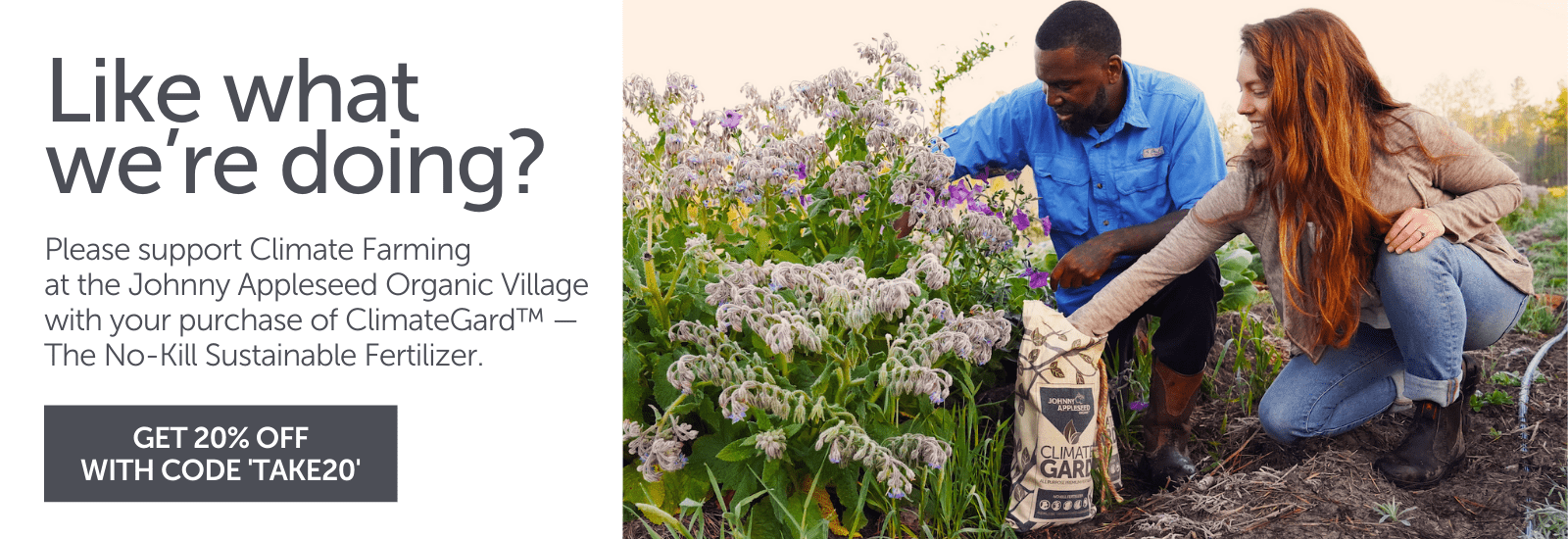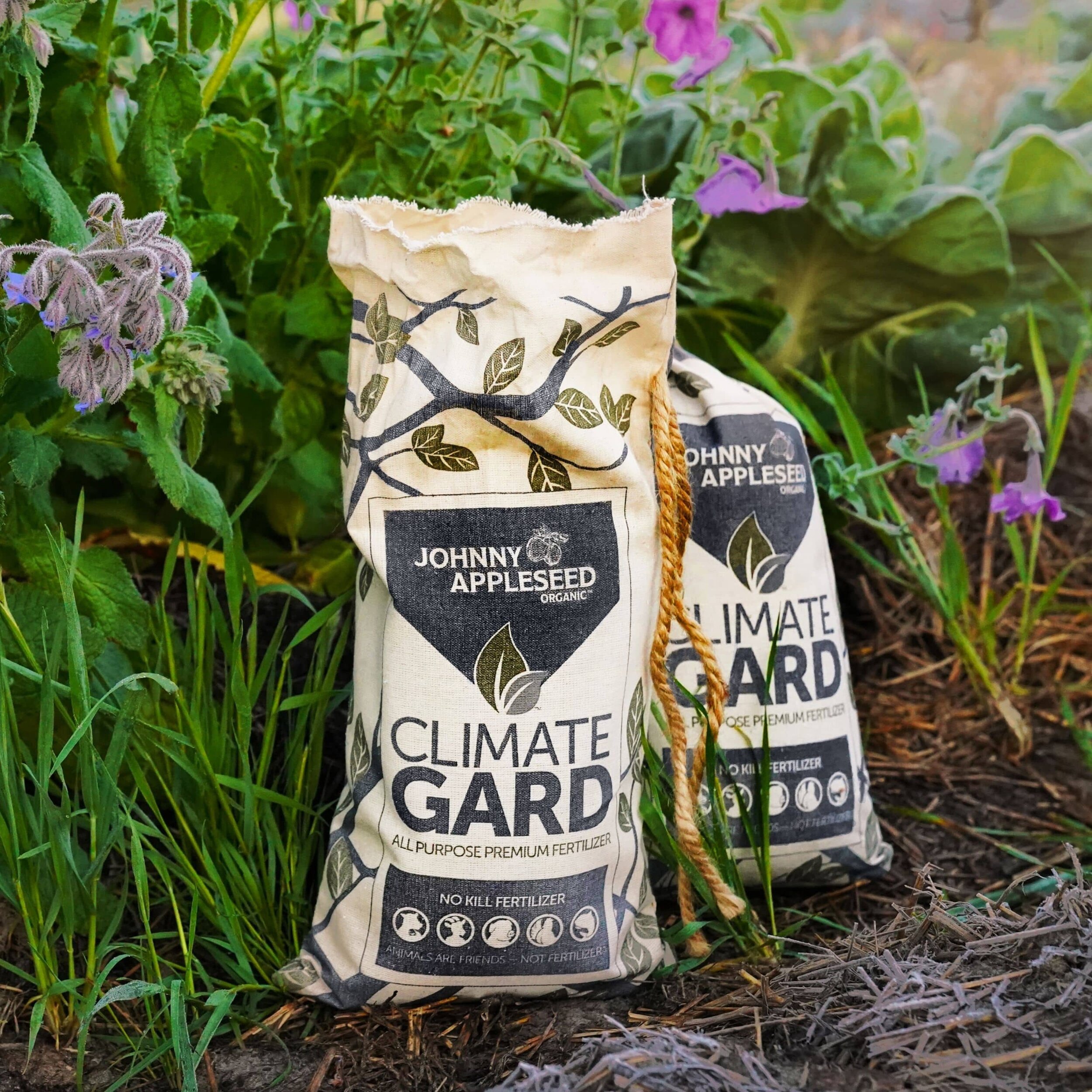Creating Inclusive School Gardens
By Lynsey Ruml
Interactive garden education should be accessible to all children regardless of differences in ability. However, providing modifications for adaptive spaces (especially outdoor ones) and creating inclusive lesson plans can seem overwhelming.
While accommodations and adaptations require extra planning, the rewards are certainly worth it. School gardens can level the playing field between children with disabilities and their typically-developing peers. They can even be more inclusive than traditional classroom settings because they offer more flexibility in curriculum and appeal to a variety of senses and learning styles.
Students with sight impairments can appreciate the sound of running water, the smell of lemon verbena and feel the soft, wooly leaves of growing lamb’s ear. Those who don’t excel at traditional physical education might particularly enjoy participating in outdoor time where they feel included without measurable expectation and performance.
When designing an inclusive school garden, one of the most important factors to consider is eliminating physical barriers for participating students and faculty. We chose 45 gallon grow bags for our school gardens partially because they’re the perfect height for people utilizing wheelchairs.
Our grow bags also have soft edges, allowing children with sensitivities or sensory issues an opportunity to get close without the fear of splinters, hot metal or harsh-feeling edges. To ensure your garden space is American with Disabilities Act (ADA) compliant, place your grow bags or raised beds in an area that has a relatively even surface and space them far enough apart to allow appropriate clearance for wheelchairs and other mobility aids.
Make sure there is clear access from the classrooms to the garden area, and plan garden time around the availability of a student’s aide, interpreter or learning support staff, if needed.
Students with disabilities, especially ones with musculoskeletal disorders, might have a difficult time gripping conventional garden tools. Providing tools with soft grips, longer handles or alternate angles is an easy way to allow all students to participate. Many companies make adaptive garden tools for both children and adults. Compiling a school’s Individualized Education Plans (IEP) and making a cumulative list of needed accommodations is a great place to start accessing needed modifications, adaptive equipment and eliminating any physical or sensory barriers to participation.
Inclusive garden education also allows students sensory experiences that aren't typically available in a classroom environment. This can be especially appealing to children with different learning styles or sensory impairments. To encourage their enjoyment, focus on providing stimulation for all the different senses. Hang a pair of soothing wind chimes and plant cultivars with interesting, furry textures, contrasted with smooth fruits. Chamomile makes a wonderful ground cover in raised beds, is fun to feel and leaves a pleasant scent behind. If your school has the funding, incorporating a fountain into your school garden will provide additional visual and auditory enjoyment.
To ensure all participating students are included in group activities, form peer groups with kids who don’t normally interact together. Foster connections and maximize positive social interaction among students with different abilities by planning group activities with outcomes derived from observation instead of performance.
While it’s important to create an inclusive social environment for all students, appreciation for the peace and solitude a garden can provide is not just reserved for adults! Are there certain students who always hesitate participating in group activities? Offer individual options for garden assignments.
Observing students in the school garden provides educators with a great opportunity to figure out their students’ innate learning and social preferences. School gardens also provide a perfect environment for mediation and reading time. Allowing students some quiet time in the garden first might rejuvenate introverts for peer group learning later!
Participating in inclusive environments benefits all children, not just those with special needs. Giving students the opportunity to work together on non-competitive tasks in a peaceful setting allows kids to not only learn about plant cultivars and biology, but also one another.
In addition to planting a garden, you will plant seeds of belonging that will last a lifetime.
Sign up for Newsletter
Follow Us on Social
Cutting-edge microbiology
No kill formula
Superior plant nutrition derived from the most ethical, sustainable sources available.
Produces the same results as conventional fertilizers without the negative environmental impacts.
Each ClimateGard pellet is infused with micronutrients, silicon, humic acid and a high-performance blend of living bacteria and fungi.
Delivered in an environmentally friendly organic cotton bag with a compostable inner liner.
Will continue to enrich your soil long after application.
$39.95 for 7.5 pound bag | $69.95 for 15 pound bag.



